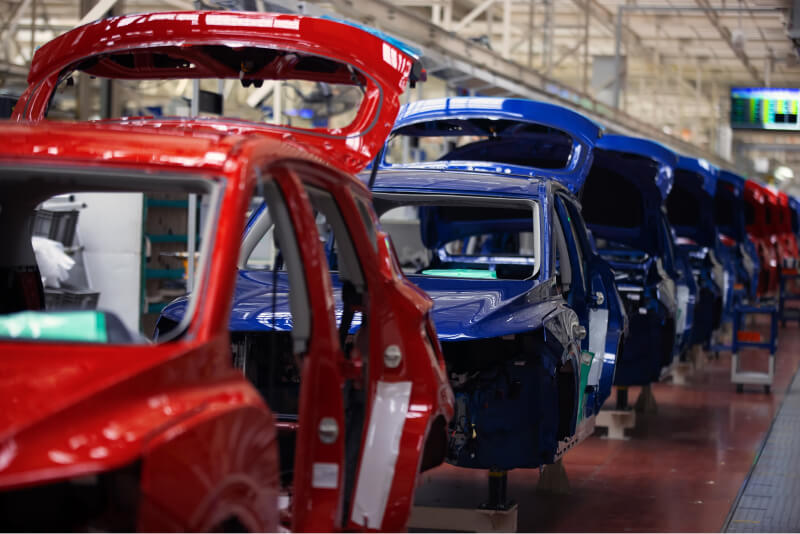Revolutionizing Public Transport: India's Hydrogen Bus Market Evolution
Key Ideas
- India's hydrogen bus market is projected to reach USD 1 billion by 2035, growing at a 30% CAGR driven by government support and environmental concerns.
- Technological innovations like Proton Exchange Membrane Fuel Cells (PEMFC) and government policies are key factors fueling the market's growth.
- Infrastructure development for hydrogen refueling stations and regulatory support are vital for the seamless integration of hydrogen buses into public transport systems.
- Segment analysis reveals varied bus models and power outputs catering to different urban transport needs, showcasing the market's potential for diverse applications.
The Indian hydrogen bus market is set for a remarkable transformation, with a projected market value expected to soar to around USD 1 billion by 2035, showcasing a robust compound annual growth rate (CAGR) of 30% from 2025. The government's emphasis on green energy and sustainable transport, along with the nation's commitment to combat urban pollution, drive this evolution. Various factors like stringent emission norms, government incentives, and the need to reduce carbon emissions contribute to the growing adoption of hydrogen buses in India's urban and regional transport systems. By prioritizing the integration of hydrogen buses into public transportation, both national and regional authorities play a crucial role in shaping the market's rapid development. India's alignment with global efforts to combat climate change positions hydrogen-powered buses as eco-friendly alternatives to traditional diesel vehicles, aiding in reducing urban air pollution.
The market overview highlights the significance of hydrogen buses in achieving India's climate goals, emphasizing the pivotal role these vehicles play in the country's transition to sustainable transport solutions. With a focus on technological advancements, infrastructure development, and government support, key trends like the adoption of Proton Exchange Membrane Fuel Cells (PEMFC), hydrogen infrastructure expansion, and policy initiatives propel the market growth. The segment analysis delves into the technological landscape, power output variations, and diverse bus models available in the Indian hydrogen bus market, catering to different urban transport requirements.
Overall, the industry-wide growth and trends underscore the positive trajectory of India's hydrogen bus market, with the adoption of PEMFC technology expected to surge at a CAGR of 30.5%. The concerted efforts of stakeholders, coupled with a favorable regulatory framework and increasing investments, position hydrogen buses as pivotal components of India's sustainable public transport ecosystem, driving the nation towards a greener and more efficient urban mobility landscape.
Topics
Cities
Renewable Energy
Market Analysis
Government Initiatives
Environmental Goals
Technological Advancements
Sustainable Transport
Public Transportation
Urban Pollution
Latest News
